Hot tips for cold cookin' New information about black patina on aluminum plates for the DASSART™ pigment transfer process
This Slate story is about new discoveries concerning "cold cooking" aluminum plates for the DASSART™ transfer process.
Artist and inventor, Bonny Lhotka, has outlined how to generate natural black patina by cooking aluminum in her books, "The Last Layer" and "Hacking the Digital Print ".
Christine Ellinghausen ,DASSologist, shows aluminum plates prepared with the new cold cook process in her Florida studio.
These new techniques will allow artists to create much larger aluminum plates without the need for boiling hot water. The cold cook techniques depend on an extended time while being submerged in a solution above 75 degrees . Copper plates will also be affected by this technique .
The patinaized plates originally outlined in Lhotkas' books are created in a hot water bath of 150F degrees, with the addition of Cascade Complete , additional chemicals and found objects which then leave a deposit of black creating a "ghost image" on the aluminum.
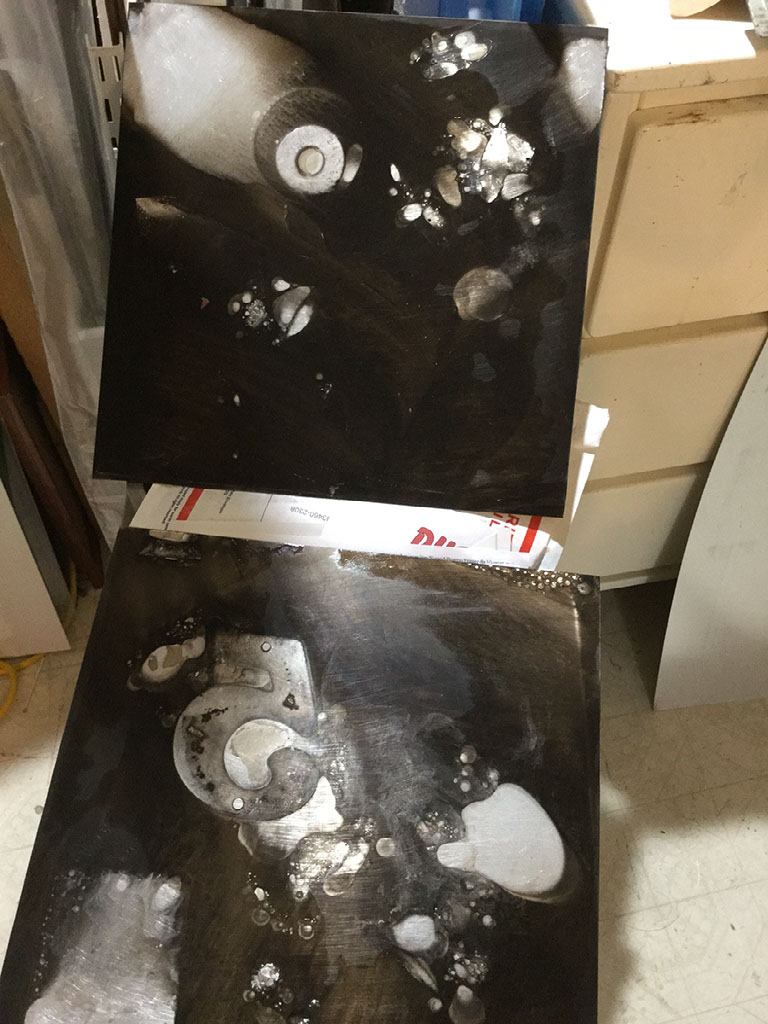
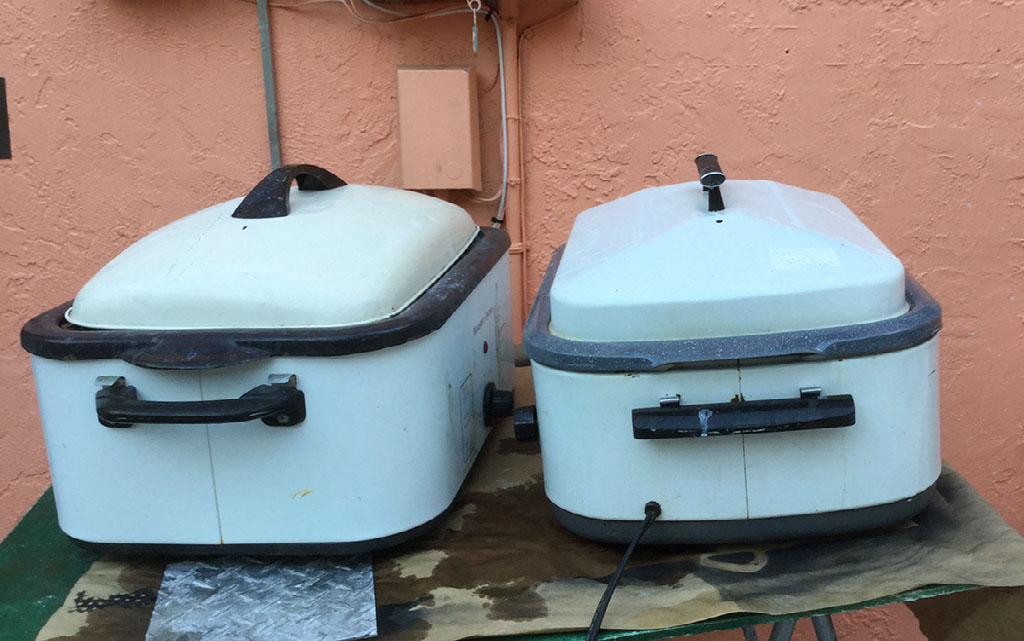
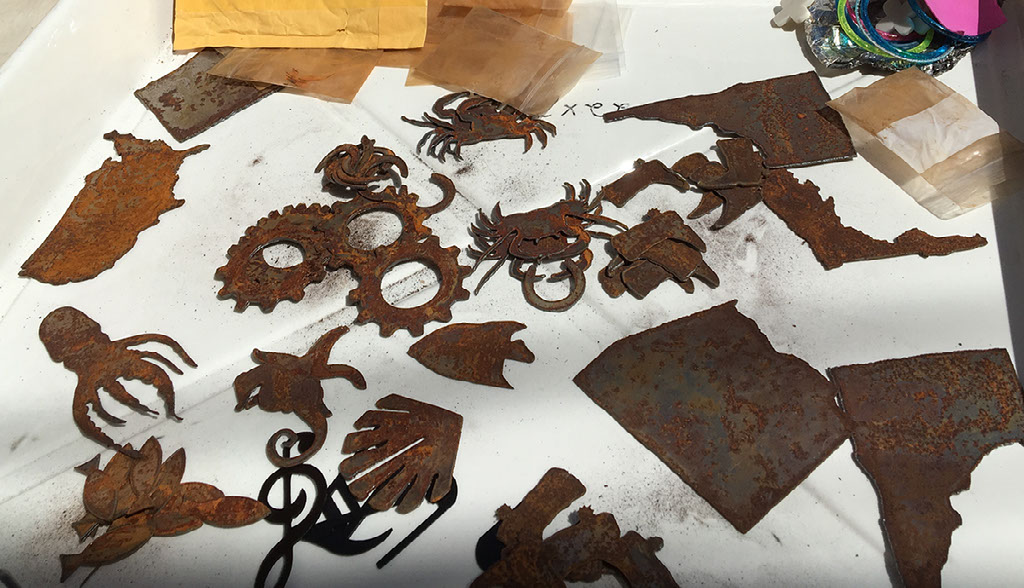
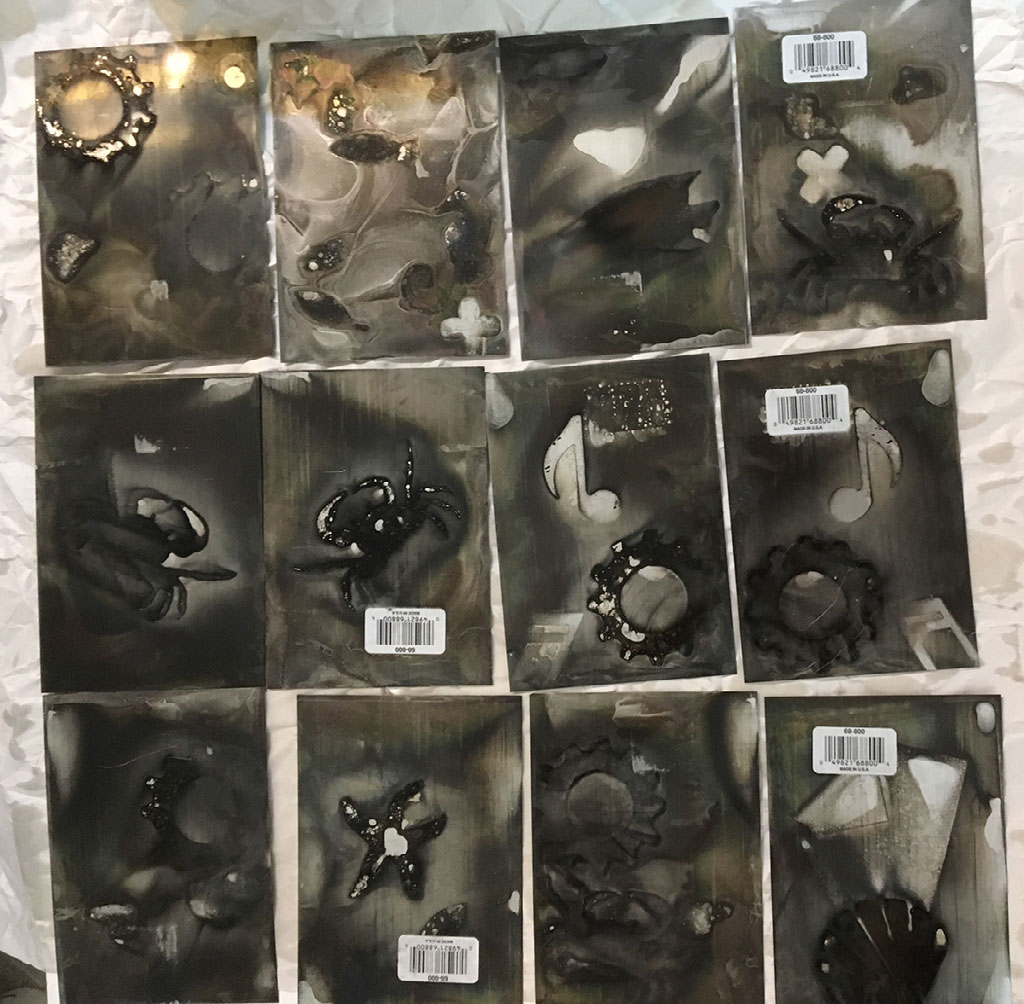
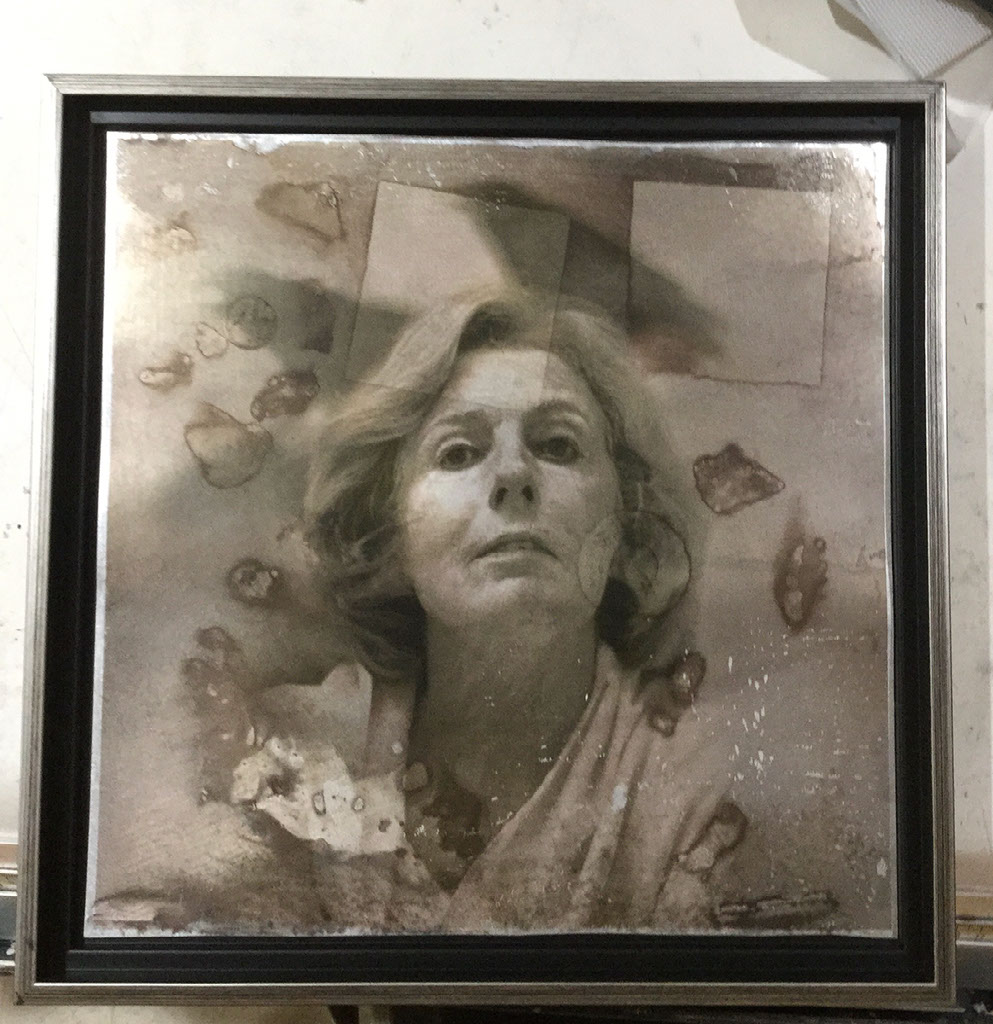
Now our research shows that the effects can be accomplished in a warm tap water when specific mixed metals are included in the Cascade Complete bath . The reaction of the metals to each other initiates a deposit of black on the aluminum. This deposition is a natural patina , unlike applied acids.
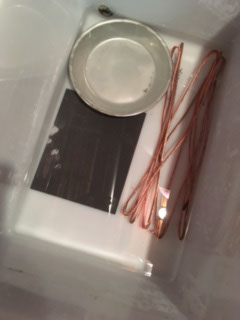
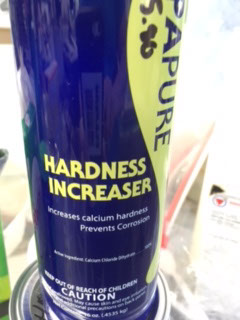
These reactions can be accomplished by the use of mixed metals: stainless steel, copper and steel within the Cascade Complete solution in a naturally hard water bath.
Hard water and reactive metals promote what would be a negative result of black oxidation in commercial manufacturing. Lhotka uses this diposition on the aluminum as an abstract background for the "Modern Tintype" technique outline in her books.
These effects are permanent and plates subjected to these chemical treatments can not be recooked without additional preparation, as the aluminum itself becomes altered on a molecular level. The surface can be sanded to remove the diposition but water or solvents will not effect the oxidation patterns.
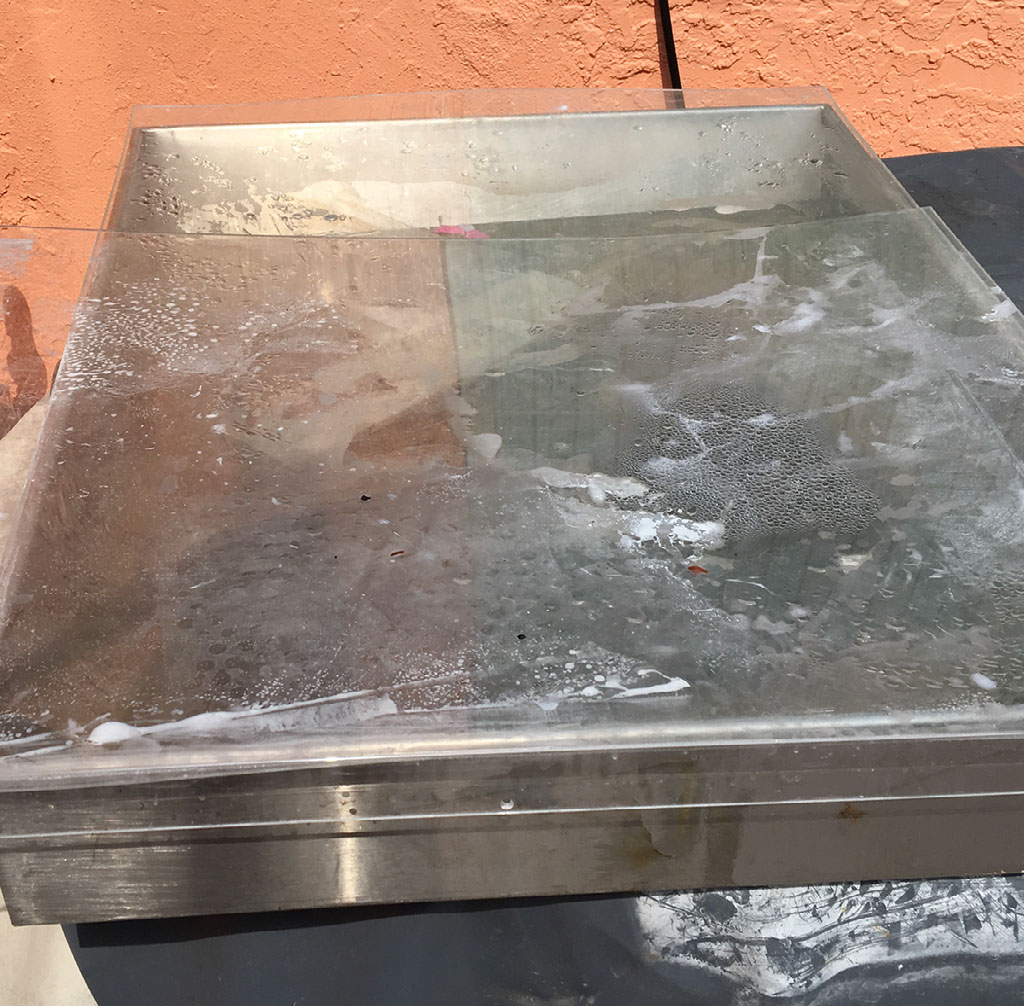
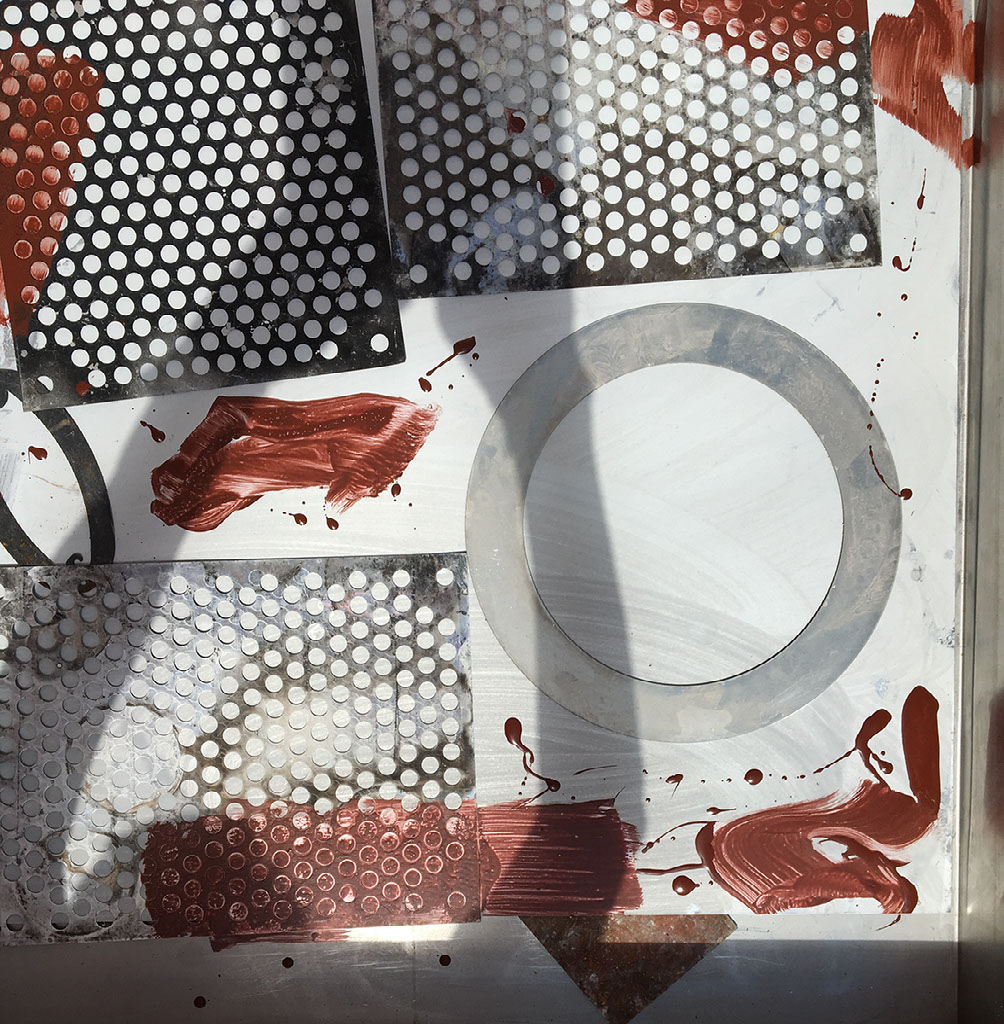
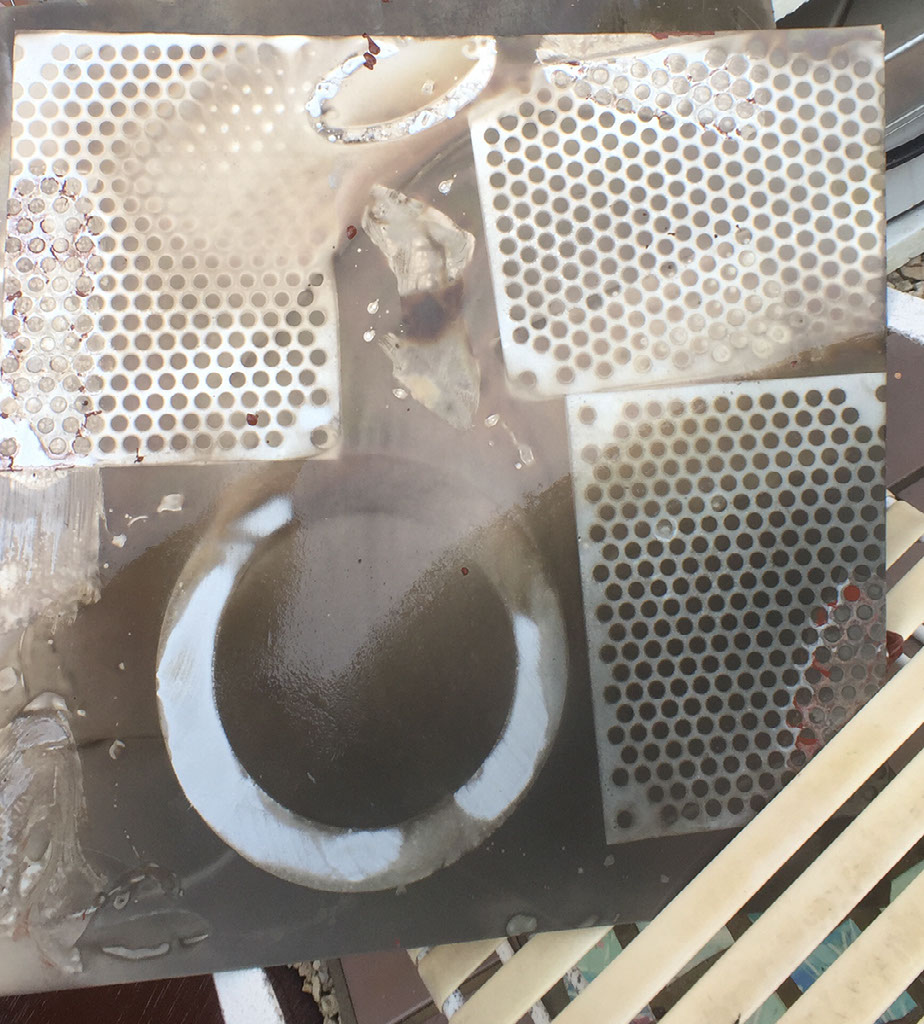
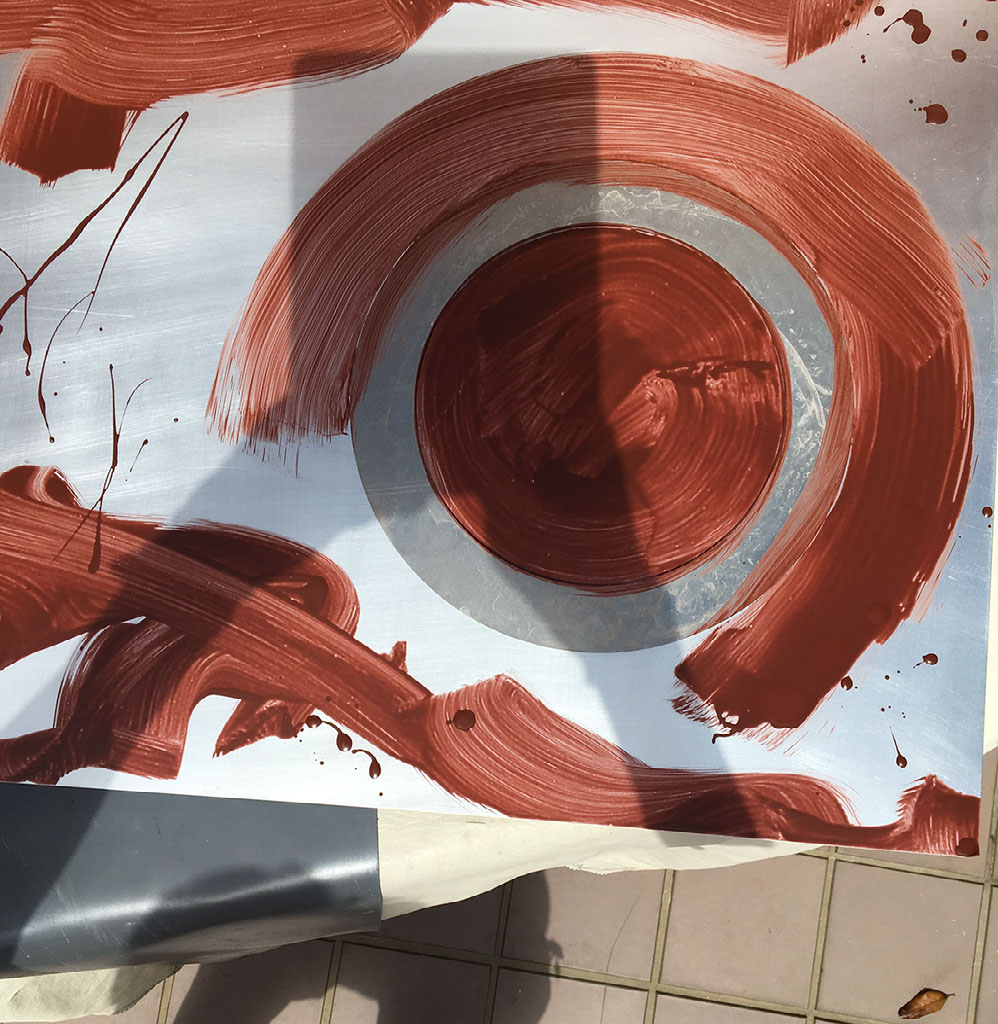
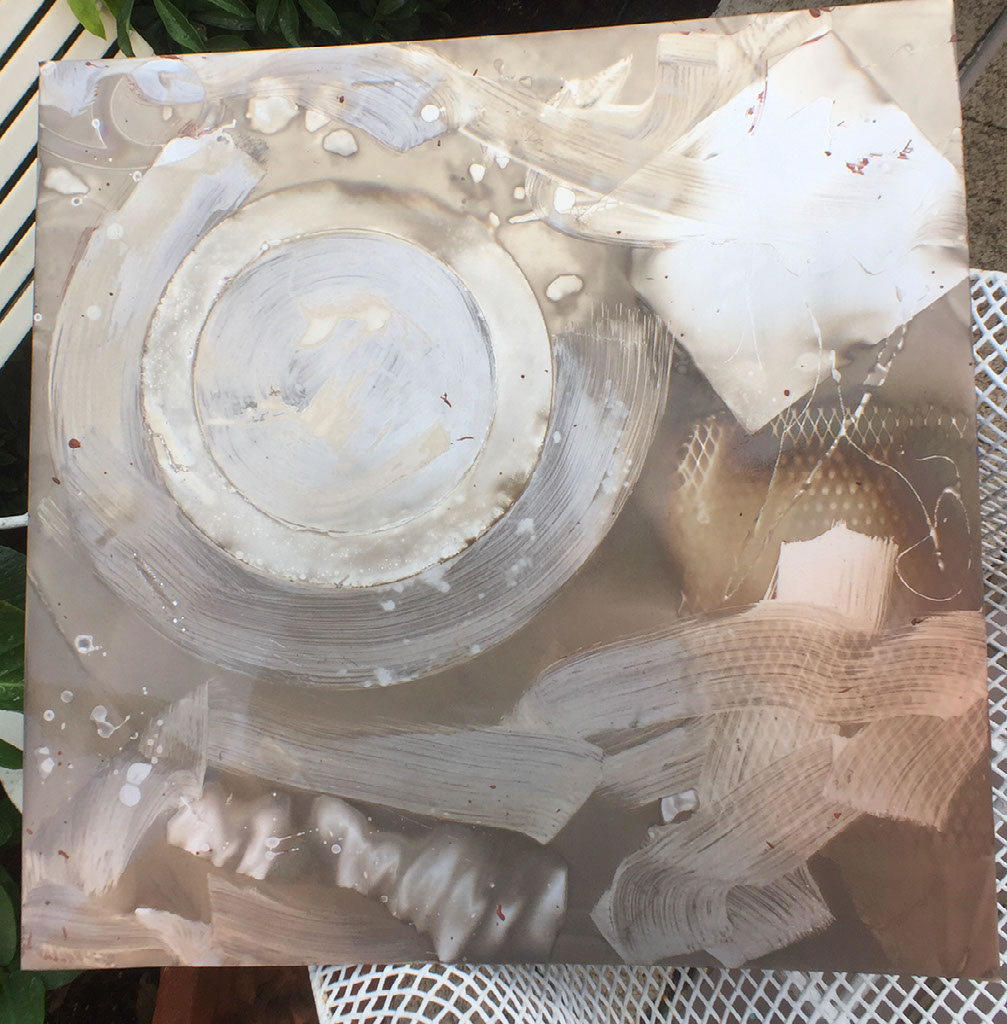
This plate shows the reactive deposition after 2.5 days in the outdoor bath. During that time the bath went up to 127F degrees due to the sun heating the large stainless steel darkroom pan which was covered with 2 layers of plexiglass to retain the heat and retard evaporation.
Additional water hardening chemicals will promote and speed the diposition of black. These particular plates were not produced with additional chemicals as a medium tone was preferred for the later application of the archival pigment transfers with DASSART™ Premium transfer film.
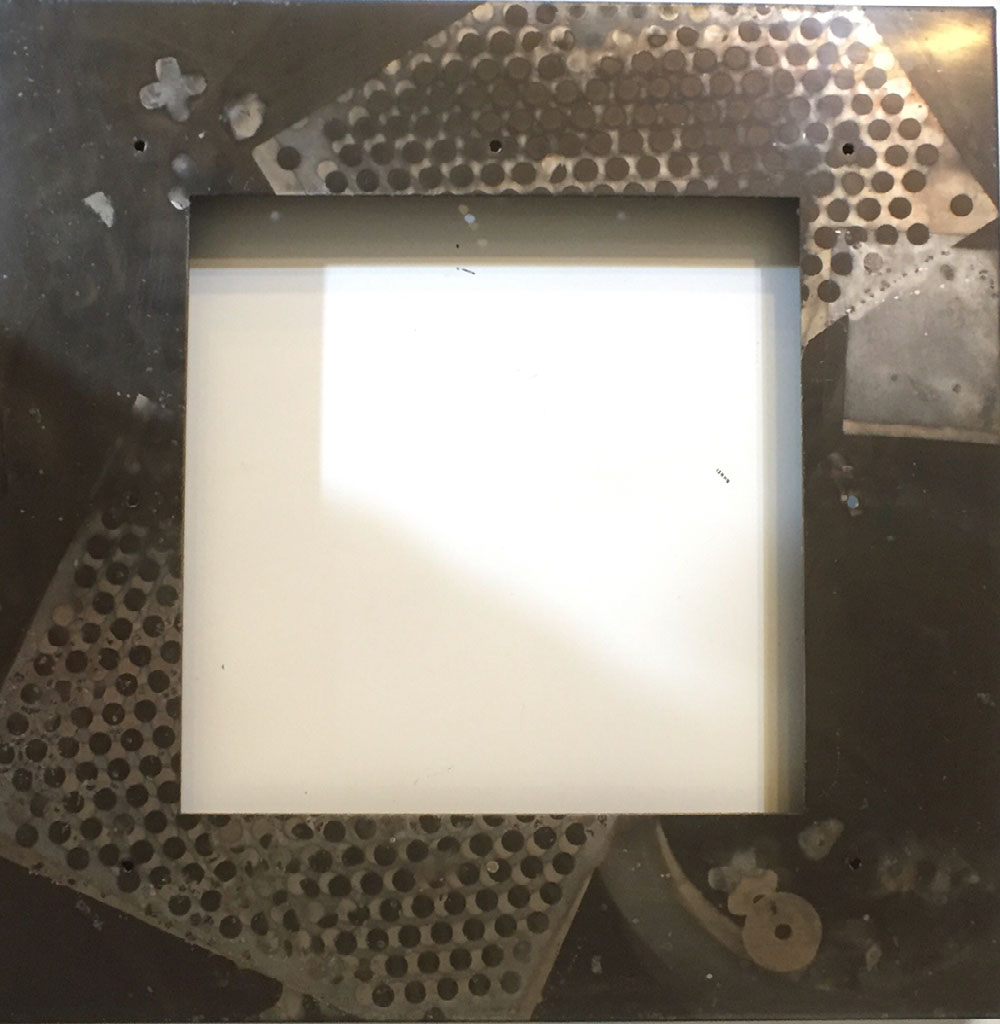
Extra large plates can now be make in your own studios for impressive installations and projects. The container will have to be invented by artists for their specific needs.
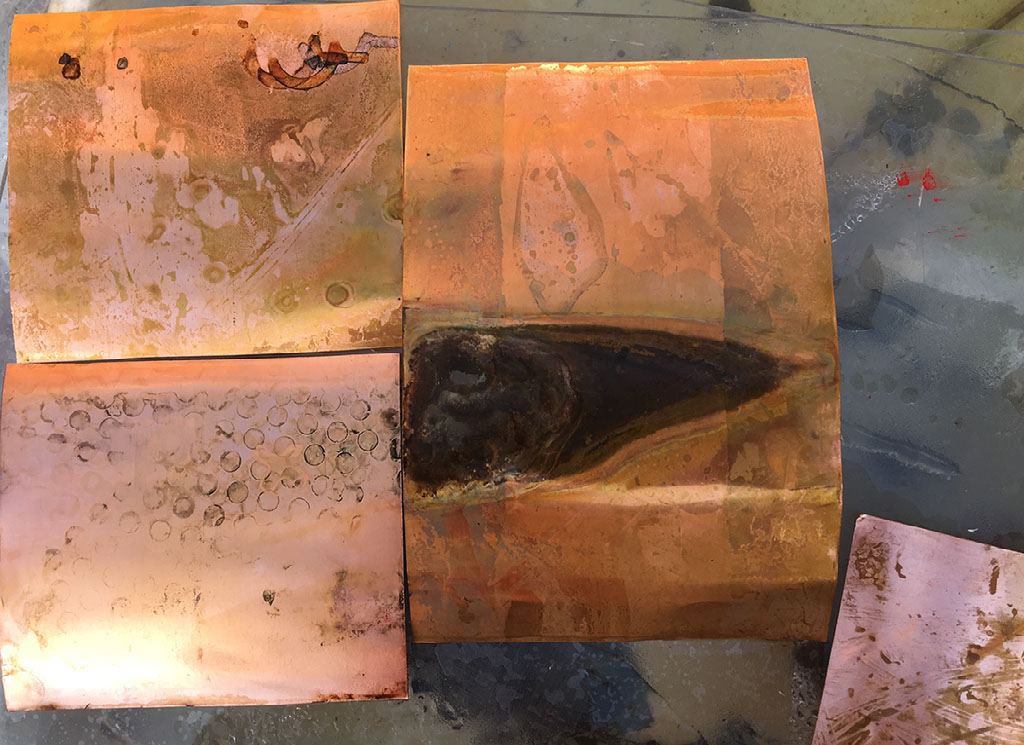
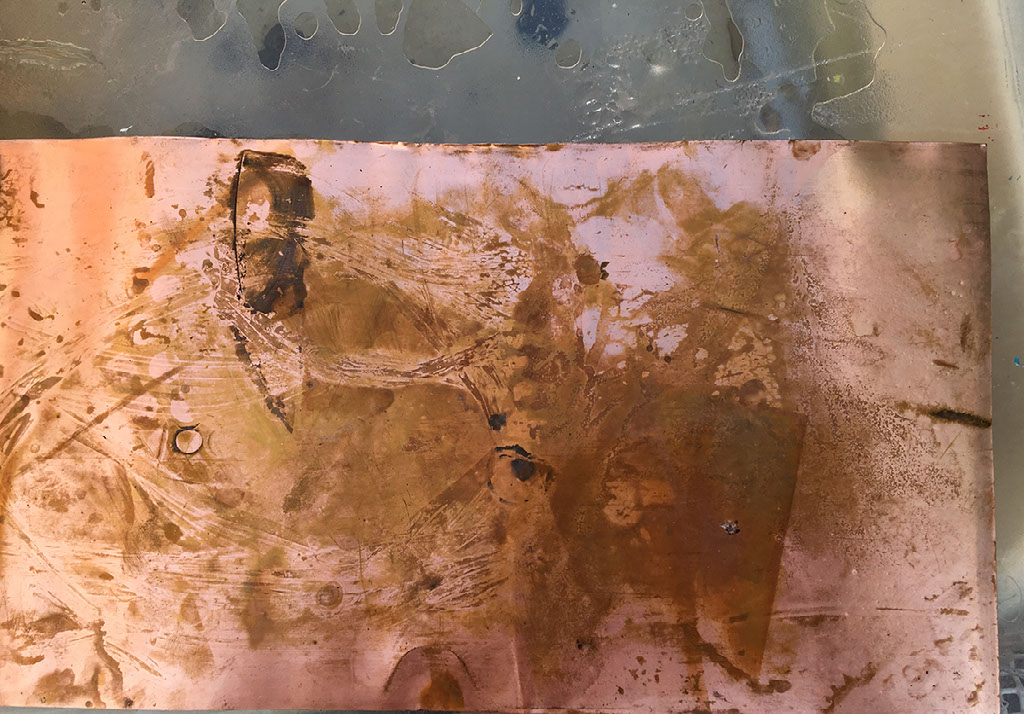
A "sand box" shape constructed out of 2"x6" wood , lined with several layers of heavy black plastic will be my next project for 40x40 plates. Clear plastic will be the cover to deter evaporation. I'll build this in a full sun area ,on a concrete patio .
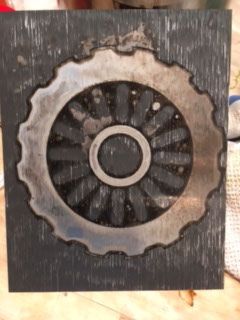
Below is an informative article on the nature of corrosion and mixed metals which clarified the cold cooking idea. It explains the reaction of mixed metals and solutions in industrial use.
These new cold cooking processes will be included at the DASSART™ workshop, July 8-10, 2016, Milagro Art Center, Prescott, Az.
http://www.priatherm.com/uploads/D1-Different%20forms%20of%20aluminium%20corrosion%20in%20natural%20waters.pdf
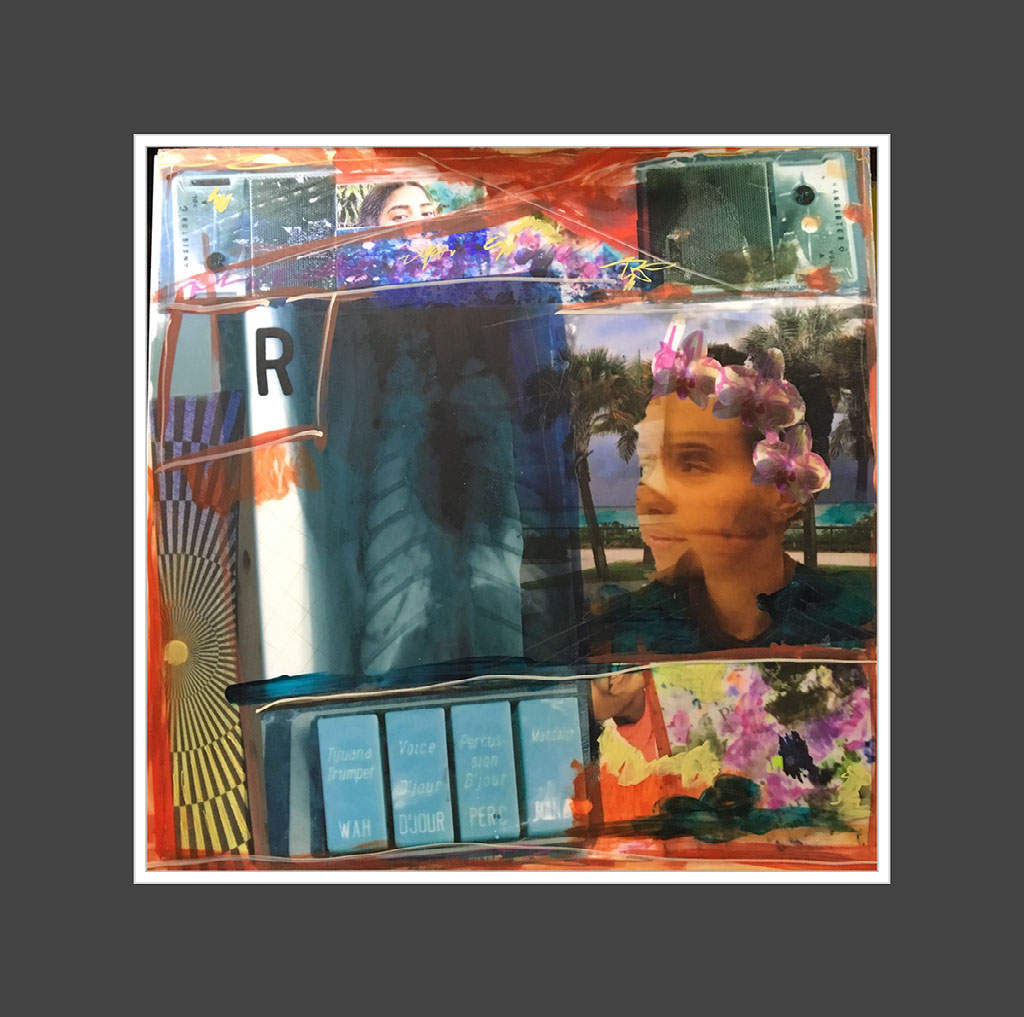
Mix It Up Workshops: DASSART™ transfer techniques and mixed media, contact : Christine Ellinghausen, cestudio@bellsouth.net
DASSART™ products and Bonny Pierce Lhotka books are available at DASSART. com. and at Freestyle Photgraphic Supplies, www.freestylephoto.biz
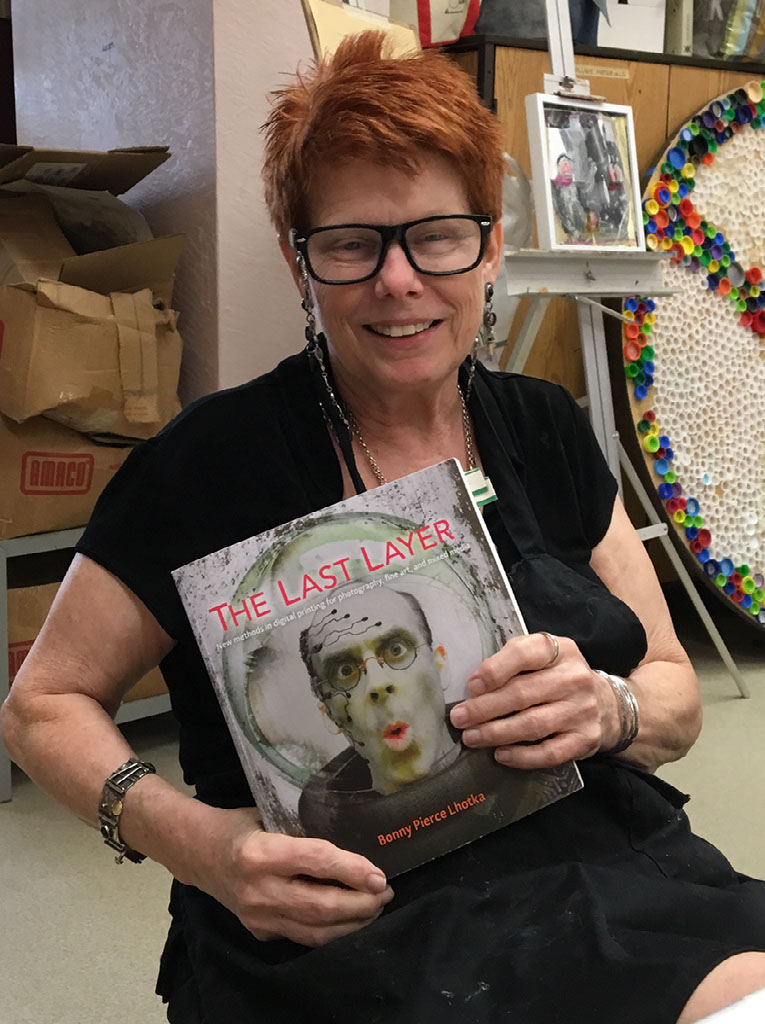
Below are 2 other stories on the DASSART ™ systems